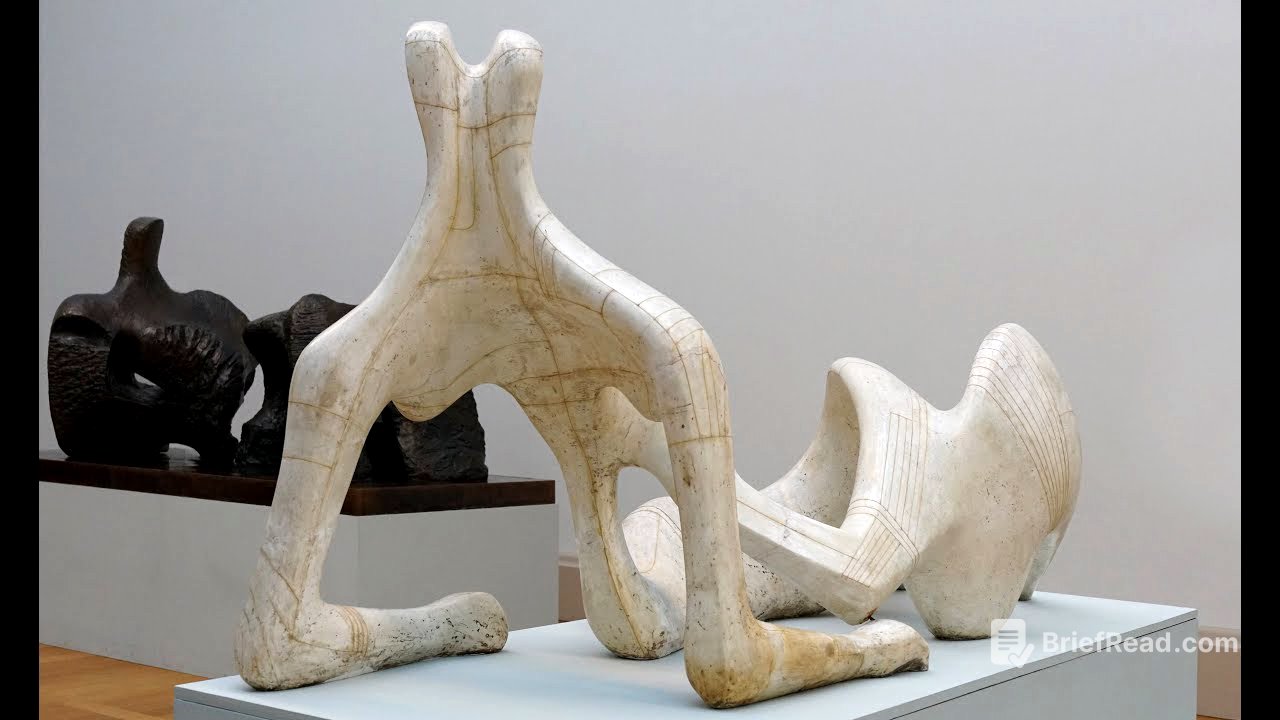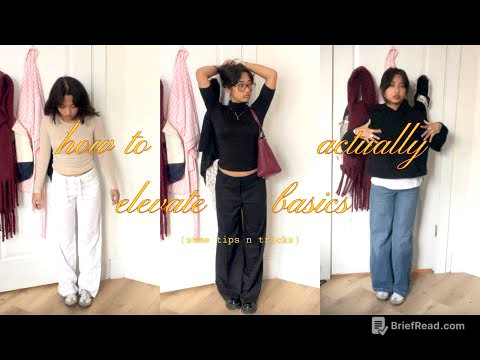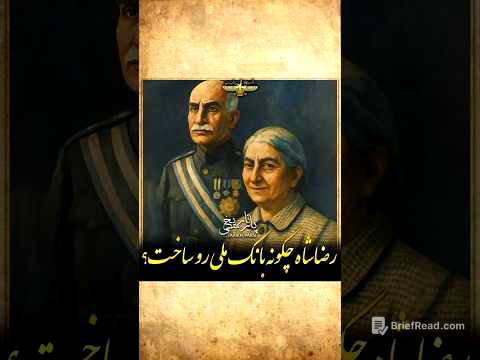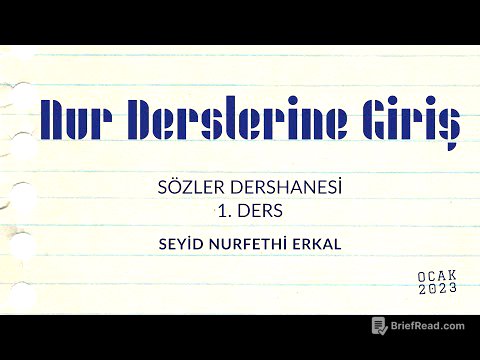TLDR;
The video emphasizes the importance of detailed description in understanding and interpreting art. By focusing solely on the visual elements of Henry Moore's sculpture, the speakers demonstrate how close observation and careful articulation can reveal layers of meaning and personal associations. The process of describing the sculpture's form, material, and spatial relationships leads to a deeper appreciation of the artist's choices and the artwork's potential interpretations.
- Detailed description enhances understanding of art.
- Observation reveals layers of meaning and personal associations.
- Focus on form, material, and spatial relationships.
Introduction to Describing Art [0:06]
Describing a work of art is a skill that requires time and attention to detail. The more one describes, the better one understands and interprets what they see. This is a fundamental skill for art historians and anyone visiting a museum. The discussion will focus solely on describing the visual elements of a sculpture, setting aside its historical context, the artist's biography, and the time period in which it was created.
Initial Observations of the Sculpture [0:52]
The speakers begin by describing the sculpture as a large, abstracted human body. While the legs, knees, torso, elbows, and neck are recognizable, they are not rendered with precise anatomical accuracy. The most striking feature is the large cavity where the torso should be. The sculpture is a dirty white color with a smooth surface that invites touch. The color evokes a sense of bone, creating an organic feel that complicates whether it represents the exterior of a body or a fossilized form.
Detailed Examination of Forms and Spaces [2:21]
Upon closer inspection, some forms appear to be missing or duplicated, such as the absence of individual fingers and the presence of what seem to be breasts and hips in multiple locations. The artist provides references to these body parts in an abstracted manner, inviting the viewer to fill in the missing details. The negative space between the forms is as significant as the forms themselves, particularly the empty space where the torso should be. This negative space contributes to the sense of the upper body lifting.
Interpretations and Associations [3:53]
The sculpture evokes a sense of a creature that is not entirely human, possibly an insect-like being capable of moving on multiple limbs. There is a tension between the soft, rounded forms and the straight lines that highlight certain body parts. The sculpture brings to mind both the human body and a landscape, with knees resembling distant mountains. The reclining figure evokes the image of someone on a beach, catching the sun. The cushion-like form in the center of the sculpture creates a physical sensation of arching the back.
Conclusion: Developing Appreciation Through Description [5:32]
Different views of the sculpture evoke different feelings, from languor to tension. The circular forms with indentations suggest eyes, and the open mouth conveys yearning. By spending time describing the sculpture, a range of associations and a foundation for personal interpretation are developed. Close observation and detailed description can transform initial confusion or dislike into an appreciation for the artist's achievement.

![Miris! Intoleransi dalam Beragama Masih Terjadi di Indonesia [Metro Siang]](https://wm-img.halpindev.com/p-briefread_c-10_b-10/urlb/aHR0cDovL2ltZy55b3V0dWJlLmNvbS92aS9UZDV4SDF3X2gzdy9ocWRlZmF1bHQuanBn.jpg)







